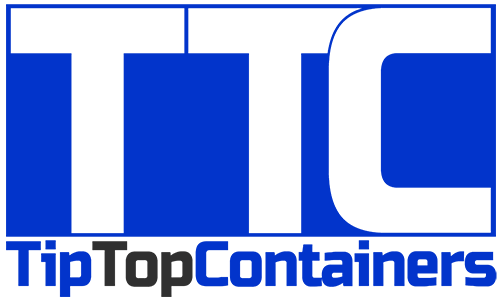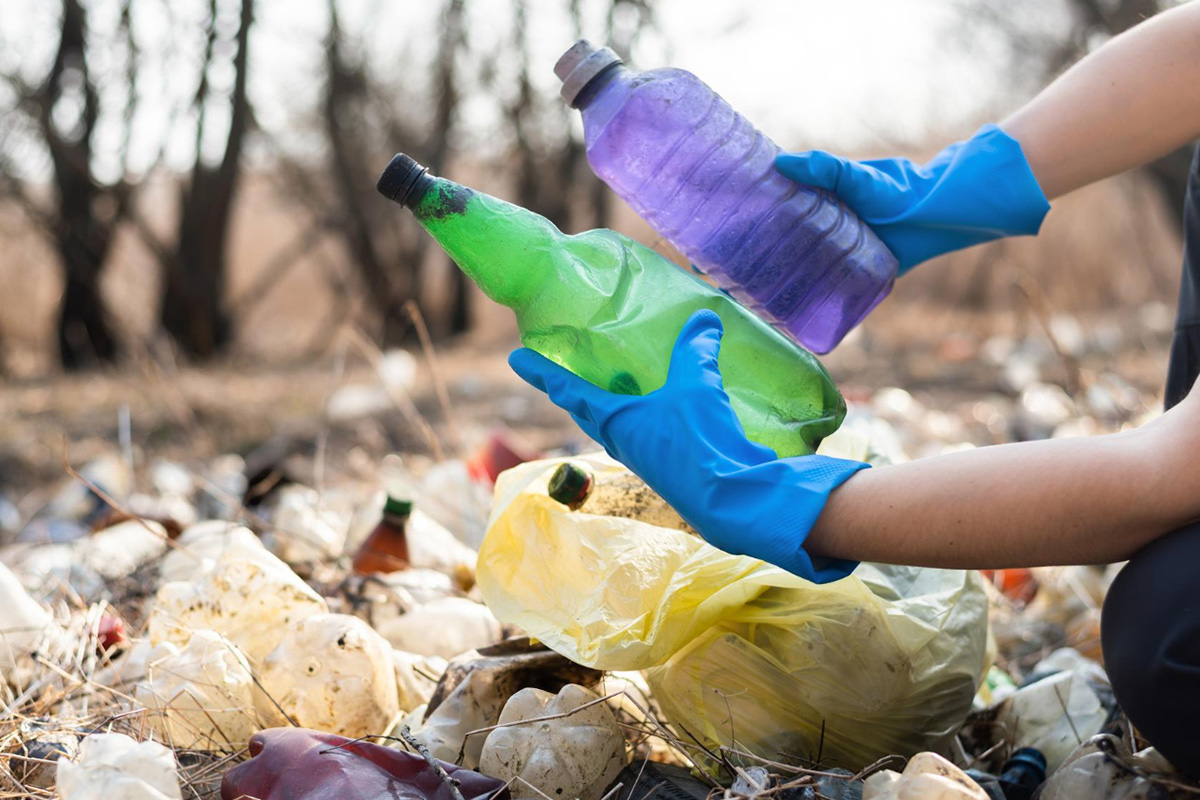


Every year, millions of tons of waste are produced. Unfortunately, much of this waste ends up in landfills, causing harm to the environment. Therefore, it is essential to conduct waste audits to track the types and amounts of waste generated, identify areas for improvement, and implement sustainability practices. If you're looking to conduct a waste audit, this blog post will provide you with tips and tricks to get started.
Before conducting a waste audit, it is essential to set a goal and define the scope of your audit. Determine what specific waste streams you want to focus on and develop a timeline for the audit process. Establishing these objectives will make the audit more effective and ensure that you gather the relevant data needed to reach your goals.
Once the scope of your audit is defined, it's time to analyze your waste streams. Identify the types and amounts of waste generated, where it is generated, and how it is currently managed. Keep track of the number of bins used, the size of the containers, and how often they are emptied. This data will be used to determine how much waste reduction is possible and where it can be achieved.
After identifying the amount of waste generated, the next step is to evaluate the recycling rate. Determine what percentage of your waste is currently being recycled, and identify any areas for improvement. This may include providing additional recycling containers in high traffic areas or improving instructional signage. Improving the recycling rate is an essential component of reducing waste generated by your company.
Once you have the data from the first three steps, it's time to develop a waste reduction plan. Identify areas where waste reduction is possible, and develop a plan to implement these changes. This may include reducing the number of disposable products used, encouraging employees to bring reusable water bottles or coffee cups, or providing incentives for employees who carpool or use public transport. Develop a timeline for implementing these changes and track progress in reducing waste over time.
Conducting a waste audit is not a one-time event. To ensure that your waste reduction plan is effective, you must continue to monitor and evaluate your waste streams. Regular waste audits should be conducted to track progress, identify areas where improvement is still needed, and make necessary adjustments as required.
Conducting a waste audit is an essential step towards reducing the amount of waste generated by your company and implementing sustainable practices. Remember to set a goal and define the scope of your audit, analyze your waste streams, determine the recycling rate, develop a waste reduction plan, and continue to monitor and re-evaluate your progress. By implementing these tips and tricks, you can reduce your environmental impact and become a more sustainable business. And if you need roll off dumpster rental in Orlando, FL, Tip Top Containers is here to help! Contact us today to request a quote.